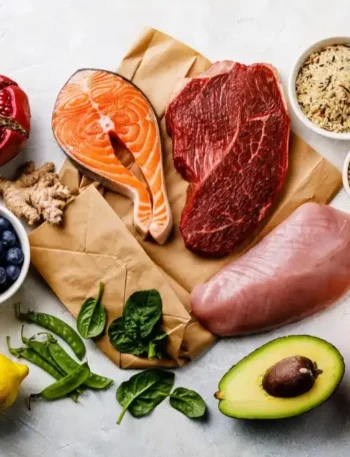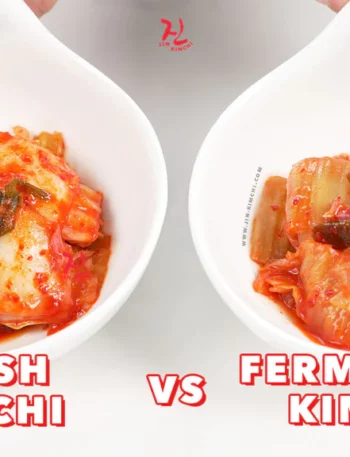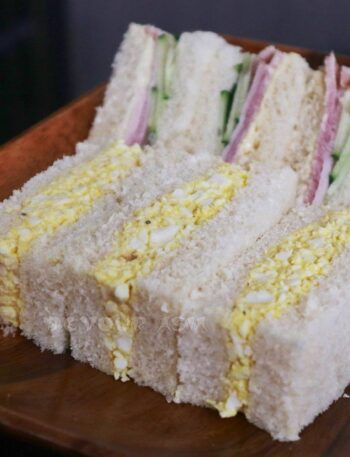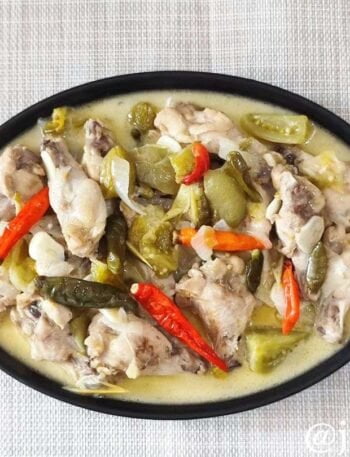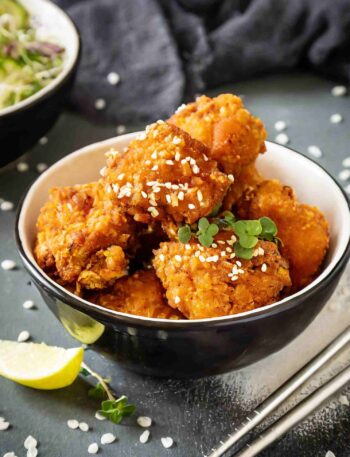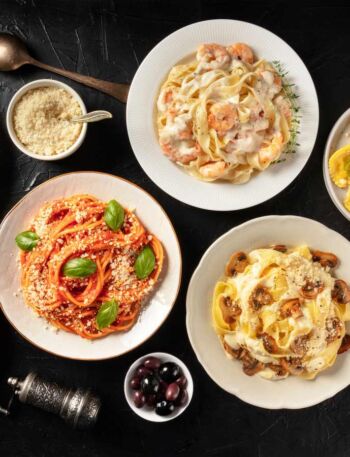
In the realm of condiments, mayonnaise stands out as a versatile and beloved companion to countless dishes. While the basic ingredients may be the same across the globe, the subtle nuances in preparation and flavor give rise to regional variations that can be surprisingly distinct. In this blog post, we embark on a flavorful journey to compare Japanese mayo and its American counterpart, unraveling the unique characteristics that make each a culinary delight.
Understanding the Basics
Before diving into the differences, let’s briefly explore the fundamental components of mayonnaise. Traditionally, mayonnaise comprises egg yolks, oil, vinegar or lemon juice, and a pinch of salt. However, the devil is in the details, and it’s the variations in these details that create the distinctive tastes of Japanese and American mayo.
Japanese Mayo: Umami Elegance
Japanese mayonnaise, often referred to as “Kewpie Mayo,” has gained international acclaim for its rich umami flavor and velvety texture. The secret lies in the inclusion of additional ingredients such as rice vinegar and monosodium glutamate (MSG). The result is a creamier, slightly sweeter condiment that complements a variety of dishes, from sushi to okonomiyaki.
American Mayo: Classic Creaminess
On the other side of the Pacific, American mayonnaise holds its own with a classic, creamy profile. Typically made with distilled white vinegar and a touch of sugar, American mayo boasts a tangy kick that pairs seamlessly with sandwiches, salads, and dips. The absence of MSG gives it a purer taste, allowing the other ingredients to shine.
Texture Matters
Texture plays a crucial role in distinguishing these two mayo varieties. Japanese mayo tends to be silkier and more indulgent, creating a luscious coating on foods. This characteristic makes it particularly well-suited for drizzling over delicate dishes. American mayo, with its thicker consistency, stands up to heartier ingredients in sandwiches and spreads.
Culinary Applications
The battle between Japanese and American mayo extends beyond personal preference to the culinary applications of each condiment. Japanese mayo excels in enhancing the flavors of sushi, seafood, and grilled dishes. Its umami notes elevate the overall dining experience. Meanwhile, American mayo proves to be the champion of classic comfort foods like potato salad, coleslaw, and the iconic BLT.
In the battle of Japanese mayo vs American, there is no clear winner – it ultimately boils down to personal taste and the dishes you love. Whether you lean towards the umami elegance of Japanese mayo or savor the classic creaminess of American mayo, one thing is certain: the world of condiments is as diverse and flavorful as the cultures that inspire them. So, the next time you reach for that jar of mayo, consider the culinary journey it’s about to take you on.
FAQs
Is Japanese mayo healthier than American mayo?
The healthiness of mayo depends on factors like serving size and individual dietary needs. Japanese mayo often contains a bit less fat, but both can be part of a balanced diet when consumed in moderation.
Can I use Japanese mayo in place of American mayo in recipes?
While the flavors are different, you can substitute Japanese mayo for American mayo in many recipes. Keep in mind the distinct taste, and adjust other seasonings as needed to maintain the desired flavor profile.
Why is Japanese mayo often called “Kewpie Mayo”?
Kewpie Mayo is a popular brand of Japanese mayonnaise recognizable by its distinctive packaging featuring the iconic Kewpie doll. Many people refer to Japanese mayo as “Kewpie Mayo” due to the brand’s widespread popularity.
Can American mayo be used in sushi or other Japanese dishes?
While American mayo has a different flavor profile, it can be used in sushi rolls or other Japanese dishes. However, the taste may vary, so consider adjusting other ingredients to maintain the intended flavor balance.
Are there other regional variations of mayonnaise around the world?
Yes, many countries have their own unique mayo variations. Examples include aioli in Mediterranean cuisine, German-style mayo with mustard, and Russian mayo featuring additional ingredients like horseradish.


